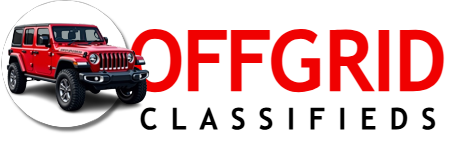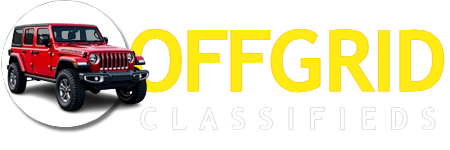
Why Water Sources Are Vital to Off-Grid Living
When you’re living off the grid, water isn’t just a convenience—it’s survival. It feeds your garden, hydrates your animals, cleans your dishes, sustains your family, and, in many cases, can even power your home. Choosing and managing the right water source is one of the most critical steps for any off-grid lifestyle.
From flowing rivers to still ponds, your water source can shape not only your daily life but also your long-term sustainability and income potential.
Let’s explore how different water sources compare—and how you can make the most of them.
💧 Rivers vs. Ponds: What’s the Difference?
Both rivers and ponds offer value, but they function very differently.
🏞️ Running Water (Rivers and Streams)
- Pros: Constant flow, can be tapped for hydroelectric power, oxygen-rich water for fish, easy to filter
- Cons: More difficult to control or contain, often subject to seasonal fluctuation or regulation
Ideal for:
- Hydroelectric systems
- Fish traps or cages
- Irrigation
- Filtering into drinking water systems
🪷 Still Water (Ponds)
- Pros: Easy to manage and expand, great for aquaculture, rainwater catchment, livestock access
- Cons: Can stagnate if not aerated, needs regular maintenance, prone to algae or mosquito buildup
Ideal for:
- Raising fish
- Duck and livestock watering
- Emergency water storage
- Aquatic crops (like watercress or duckweed)
🐟 Feeding Your Family With Fish
One of the most overlooked advantages of off-grid water systems is homegrown protein.
River Fish
Rivers often host wild populations of:
- Trout
- Catfish
- Bass
- Bluegill
These species can be caught with minimal equipment, offering a steady supply of fresh, nutrient-rich meat.
Pond Fish (Aquaculture)
Stocking your pond with species like:
- Tilapia
- Perch
- Carp
- Catfish
…can turn still water into a self-replenishing food source. With proper management, a single pond can produce hundreds of pounds of fish per year.
✅ Bonus: Fish waste acts as fertilizer if your pond water is pumped to irrigate gardens—a technique known as aquaponics.
💰 Turning Water and Fish Into Income
Your off-grid water system doesn’t just feed you—it can also become a business.
Sell River Fish
- Smoke or freeze and sell at local markets
- Offer guided fishing experiences
- Process and sell as pet food or fertilizer
Monetize Pond Fish
- Sell fingerlings (baby fish) to other homesteaders
- Supply local restaurants with fresh fish
- Raise high-value species (like koi or trout) for niche markets
- Use pond-grown fish to support an aquaponics-based produce business
With little overhead, fish farming can be one of the most profitable micro-livestock operations for off-grid families.
⚡ Hydroelectric: Turning Flow Into Power
If you have access to a consistent, fast-flowing stream or river with some elevation drop (head), you can generate clean, renewable electricity using a micro-hydro system.
Benefits include:
- 24/7 power generation (unlike solar or wind)
- Low maintenance
- Efficient for small homes or cabins
Hydroelectric systems can charge batteries, run water pumps, and even support refrigeration and lighting. For off-grid homesteads, it’s like having a natural power station in your backyard.
🌱 Water: The Engine of Sustainability
No matter how far off the beaten path you live, water gives you:
- Food (fish, crops, livestock)
- Income (from products or services)
- Power (hydroelectric systems)
- Security (in emergencies or drought)
Whether you’re catching river trout, growing pond tilapia, or lighting your cabin with river-powered energy, water is the foundation for a resilient, thriving off-grid life.
Final Thoughts
Water isn’t just about hydration—it’s about independence, abundance, and opportunity. The more creatively you use your water sources, the more freedom and security you can build into your off-grid lifestyle.
So whether you’re tapping a flowing creek or digging out a backyard pond, remember:
Where there’s water, there’s life—and a future.














